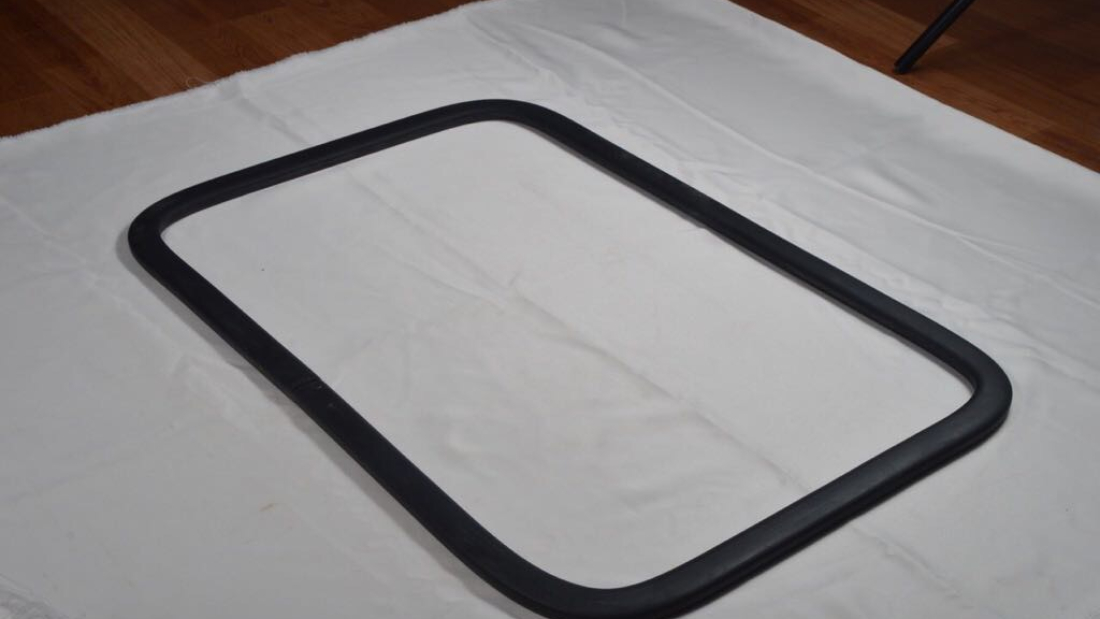Manufacturing Silicone Rubber for Compliance with European Standards
Widespread adoption of digital transformation and Industry 4.0 has triggered a wave of digitization across all sectors, including the manufacturing industry. It boosts the demand for smart factories which can communicate data to other machines and users efficiently, as well as adopt automation to reduce labour costs and increase output quality at the same time.
We see a significant rise in the production of industrial goods using various types of silicone rubber for various applications. This is due to its properties like high heat resistance, oil resistance, and chemical resistance. In response to this growing demand, manufacturers are looking for ways to streamline their operations and meet the standards set by regulatory bodies such as European Committee for Standardization (CEN). We have put together some key ideas regarding how to implement compliance with European standards when manufacturing silicone rubber products.
Related Topic : How To Choose The Right Self-Retaining Inflatable Seals For Your Application
What is the European Committee for Standardization?
The European Committee for Standardization (CEN) is a standardization body from the European Union which facilitates the creation of European Standards. It was formed in 1946 with the main objective of promoting the harmonization of standards across the then-four members of the European Coal and Steel Community.
It publishes and manages standards and other related documents, and promotes the use of these documents across a wide range of sectors. It facilitates the implementation of the European Union’s rules on the creation of national standards and the CE marking that indicates compliance with these rules.
Importance of CEN in manufacturing
CEN sets the regulations across industries by setting the standards that need to be adhered to by manufacturers to sell their products within the EU. This includes the materials used, their traceability, and the processes involved in manufacturing. The standardization body also sets the regulations for testing laboratories and the norms used by them to test materials, products, and services.
When manufacturing silicone rubber, it is necessary to understand the requirements set by CEN for silicone compounds and silicone rubber mixtures. This way, you can ensure your product is safe for use and complies with the EU rules. Most silicone compounds and mixtures are used in labs and hospitals, while some can be found in the automotive, building and construction, food and pharmaceutical industries.
Key Requirements for Manufacturing Silicone Rubber
There are no fixed requirements for manufacturing silicone rubber, but you need to meet a few basic requirements like sourcing raw materials from approved sources, maintaining traceability of these materials, and having a reliable quality management system. It is important to know the composition of your silicone rubber and the type of curing agent used.
You must also be aware of the additives used in the product and their function in the process. You must keep a record of your quality management system, raw materials, and production process. This can be helpful if you are asked to provide proof of compliance with EU safety regulations.
Test Requirements for Manufacturing Silicone Rubber
There are no mandatory testing requirements for manufacturing silicone rubber. However, as this material is used in critical sectors like medical, automotive, food, and aviation, it is recommended to conduct non-destructive analysis (NDT) tests to ensure its quality and safety.
The most common NDT tests for silicone rubber include the following: These tests help manufacturers determine the quality of their products and identify any issues during production. They can then take the necessary corrective measures and manufacture high-quality silicone rubber products.
Key Requirements for Compliance When Manufacturing Silicone Rubber
When manufacturing silicone rubber, you must ensure that the product complies with the following standards:
– Safety and health during the manufacturing process
– Essential health and safety requirements for the manufacturing of silicone rubber
– Chemical Safety
– Essential chemical safety requirements for the manufacturing of silicone rubber
– Conformity assessment
– Guidance on procedures for making a conformity assessment for the manufacturing of silicone rubber Apart from ensuring compliance with these standards, you must also ensure compliance with the following regulations:
– Marking and labelling
– Guidance on marking and labelling of silicone rubber
– Classification
– Guidance on classification of silicone rubber
– Labeling and instructions for use of medical devices
– Labeling and instructions for use of medical devices containing silicone rubber
Conclusion
Silicone rubber is a critical element of production for a variety of industries. It is especially popular in the medical and automotive industries due to its durability, flexibility, and resistance to high temperatures and vibrations.
While silicone rubber can be manufactured with a variety of additives, it’s important that the manufacturer follows EU standards and complies with regulations across different sectors. In order to do this, you need to source reliable raw materials and follow a quality management system.
Find A Reliable Sealing Solution
Wespo can fulfil your need for compliance with Silicone rubber requirements. Our team is stacked with knowledgeable and experienced engineers who produce custom designs that are manufactured with the highest quality materials specified for your application.
Our solutions keep critical industries operating at their optimal pace, and we look forward to exploring how we can assist you with your project. For more information do feel free to visit Compliance Silicone Rubber or call us at +91 9833590390 to let us know you’re interested


Add a Comment